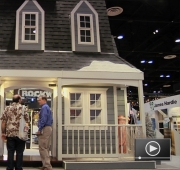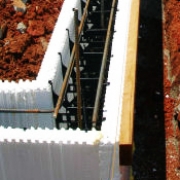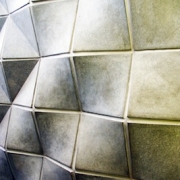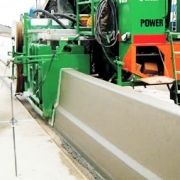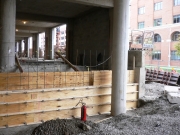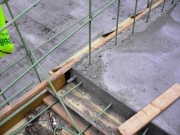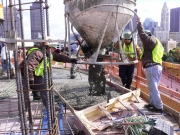Product Spotlight: James Hardie Building Products
James Hardie Building Products (NYSE: JHX) has been providing innovative, cement-based building products for more than 100 years. Today, James Hardie is recognized as the world leader in fiber cement technology and places a special emphasis on product quality and production efficiency to develop durable and low-maintenance building products that have a baked-on color finish and are engineered for your specific climate. Whether working with traditional or contemporary designs, homeowners rely on James Hardie® products to enhance homes’ beauty and style. The unique online design tool allows you to mix and match a variety of James Hardie siding products to create a customized combination of colors and textures.

